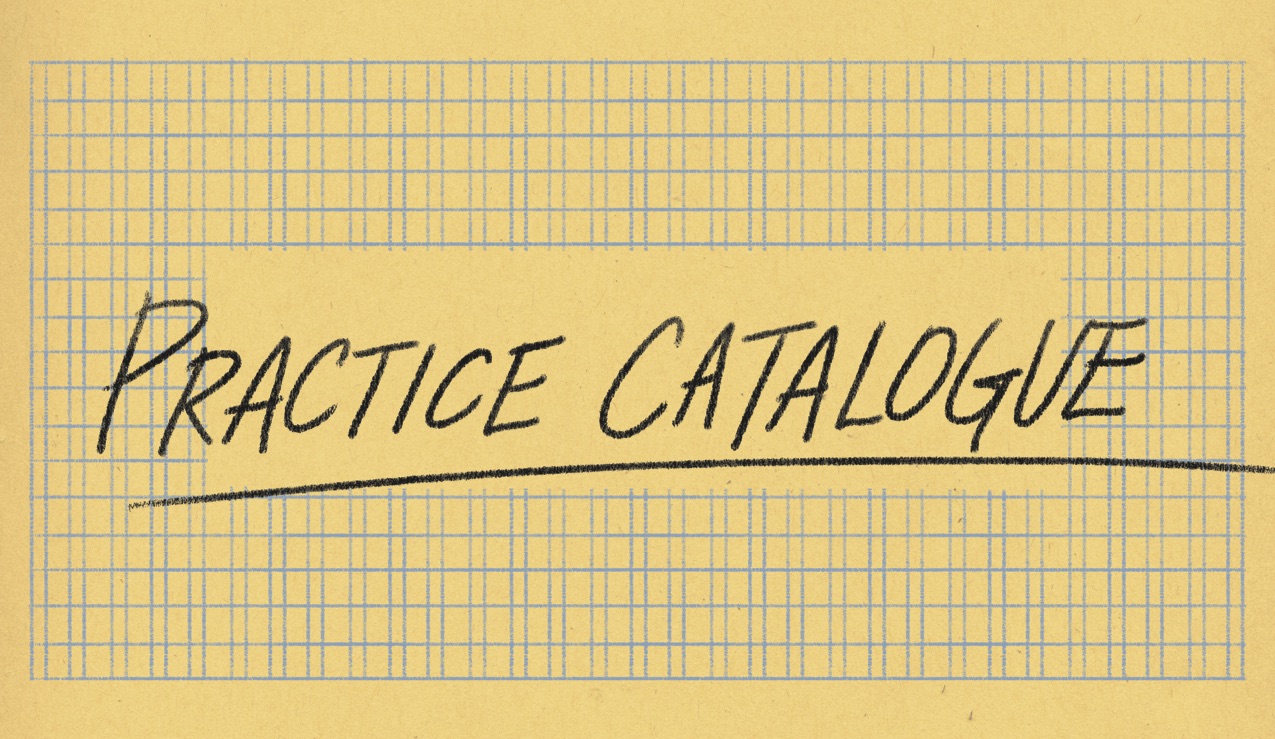Image as Articulation
A mind that works primarily with meanings must have organs that supply it primarily with forms….[T]he world of sense is the real world construed by the abstractions which the sense-organs immediately furnish.
The abstractions made by the ear and the eye––the forms of direct perception…are genuine symbolic materials, media of understanding, by whose office we apprehend a world of things, and of events that are the histories of things. To furnish such conception is their prime mission….
Visual forms…are just as capable of articulation, i.e., of complex combination, as words. But the laws that govern this sort of articulation are altogether different from the laws of syntax that govern language. The most radical difference is that visual forms are not discursive. They do not present their constituents successively, but simultaneously, so the relations determining a visual structure are grasped in one act of vision. Their complexity, consequently, is not limited, as the complexity of discourse is limited, by what the mind can retain from the beginning of an apperceptive act to the end of it.
[Susanne Langer, Philosophy in a New Key]
I take in the egg at a single glance. I immediately perceive that I cannot be seeing an egg. To see an egg never remains in the present. No sooner do I see an egg than I have seen an egg for the last three thousand years. The very instant an egg is seen, it is the memory of an egg—the only person to see the egg is someone who has already seen it.—Upon seeing the egg, it is already too late: an egg seen is an egg lost.—To see the egg is the promise of being able to see the egg one day.—A brief glance which cannot be divided; if there is any thought, there is no thought; there is the egg. Looking is the necessary instrument which, once used, I shall put aside. I shall remain with the egg.—The egg has no itself. Individually, it does not exist.
[Clarice Lispector, “The Egg and the Chicken”]
